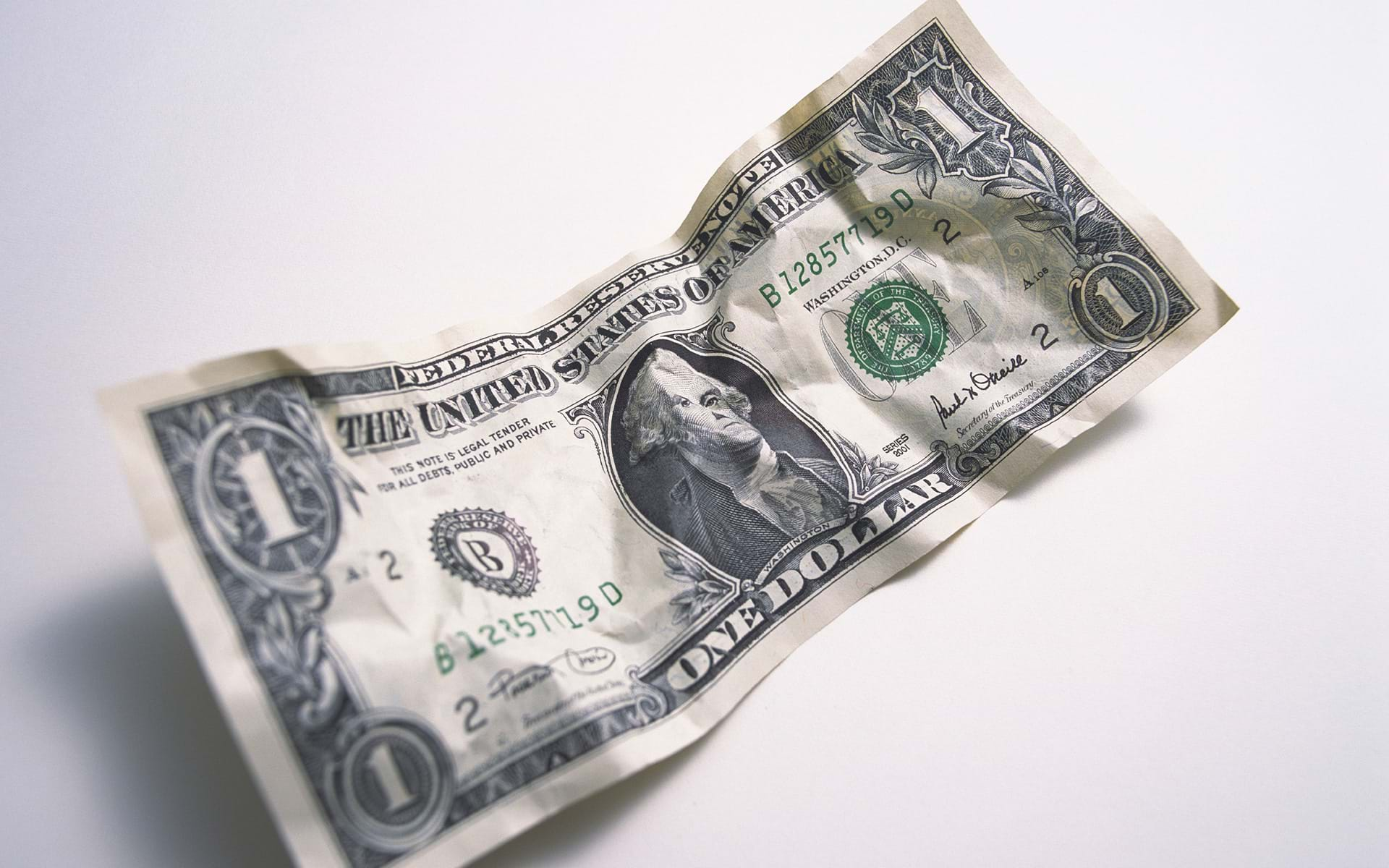Perhaps it is the time of the year with gift giving and wishes for a happy and prosperous new year, but I sense it is the all-American desire of getting rich – quick. In the past month or so, I have been inundated with emails and news items about making more money in a short period of time, but actually it is going on all year long.
You may be thinking I am talking about the latest email or TV ad or Internet ad from someone who is hawking the virtues of investing in this or that which will go up double in the next year. Well, I am not and I do not want to get started on those rants that could keep me going all day.
What I am concerned about are the more subtle ways in which all of us are being bombarded with ideas on how we can make more money quickly. A major reason this is happening I think is related to the paltry returns we are getting from traditional types of investments in savings accounts or bond type investments as well as the huge up and down swings of the stock market that make it hard for us to keep track of what is happening in our portfolios.
In addition, we are not paying attention to the other side of what helps drive these investment returns which is inflation. Because inflation continues to be low, that has a major influence on what happens with the returns paid on savings accounts and bonds. Since many times we do not make that connection, it is hard for us to understand why we do not make more on these types of savings. As such we go looking for that better, higher return in places that we maybe should not be going.
Back to the inflation rate for a second. I know the rate in November was 3.5% annually. However, for the past three years the rate has been significantly below that rate – hardly above 2% for much of this period and negative for about a six month period. As financial planners, we make assumptions about things like inflation rates when we do projections for our clients. In my case I use 3% annually as the inflation rate for long term plans. That has served me and my clients well for planning purposes. When inflation runs below that rate, I tell my clients we got an added bonus because that means what we planned to spend in the future with the 3% rate of increase means we should not be spending as much on expenses. I also remind them that the rate of return we earn on our investments will probably not have to be as high as we estimated because we have this lower inflation rate.
Now back to the subtle ways we get asked to get rich quick. The other day I was emailed by a client who is not happy with the small amount he is making on his cash and bond assets. He is constantly looking for “opportunities” to get rich quicker. His email identified several investments where he could get dividends that were paying an annual dividend above 7% and he wanted my thoughts on the picks he had found (actually a letter from someone trying to sell him an investment). The good news was that he was thinking of a suggestion I had made about using higher paying dividend type stocks as a way to increase his wealth in the long term, so I was happy to see the interest he had. That is until I read the details of the attachment he had included in his email. It was actually from an investment adviser who was suggesting these high paying dividend partnerships that were paying out dividends at 7-9% annual returns for several years. From my client’s email it became obvious that he saw the 7-9% returns and had quit reading the rest of the article about each company where the qualifiers were indicating that these returns were not sustainable in the long run.
When I responded to my client about the risks on this investment opportunity, I suggested that the idea of investing in dividend paying stocks was good but these high flying returns were not what I had in mind. I suggested he look more carefully at what he was considering. A few days later, I got another email from the client which included an update on one of the proposed investments. This update suggested that the company would not be paying this high dividend going forward because the cash flow would not be there to continue this high rate of payout. This information did not come from the first adviser the client had received the proposal from and it was fairly clear to me why that was – it would not have supported what the adviser was trying to push!
Now I would not at all suggest that the original email to my client proposing he invest in these high return dividend paying partnerships fit into the same category as the get rich quick letters that we are all receiving from some long lost relative who is trying to move money out of some foreign country – but it is not too far removed from that list.
What should we learn from this example? Here are a few ideas:
We should only invest in assets that we truly understand what we are considering as an investment. If we do not understand it, it is not for us.
Since anything we invest in that goes up in value could easily go down in value as well, if we could not afford to lose what we invested in we should not be making that investment in the first place.
What we do invest in should be diversified across a broad spectrum of investment types. I suggest to my clients that the limit be about 5 to 10% of your total asset pool to be invested in any one company, bond, or commodity. If you have $100,000 of total assets, then limit the investment to no more than $10,000 or less in that one item you may think is the best thing since sliced bread.
While we may not like the returns that are available today, the slow steady pace of increase may be much better in the long term then the fast pace of the high flyers that are out there.
Know who you are dealing with when offered these great opportunities. The seller has a reason to be selling, is it in your best interests or theirs?
Finally, if it sounds too good to be true, it probably is. The real losers in many of these situations are the people who are always chasing the investments that have gone up significantly as they are getting in near the peak and just before the bottom falls out as the bubble bursts.



















